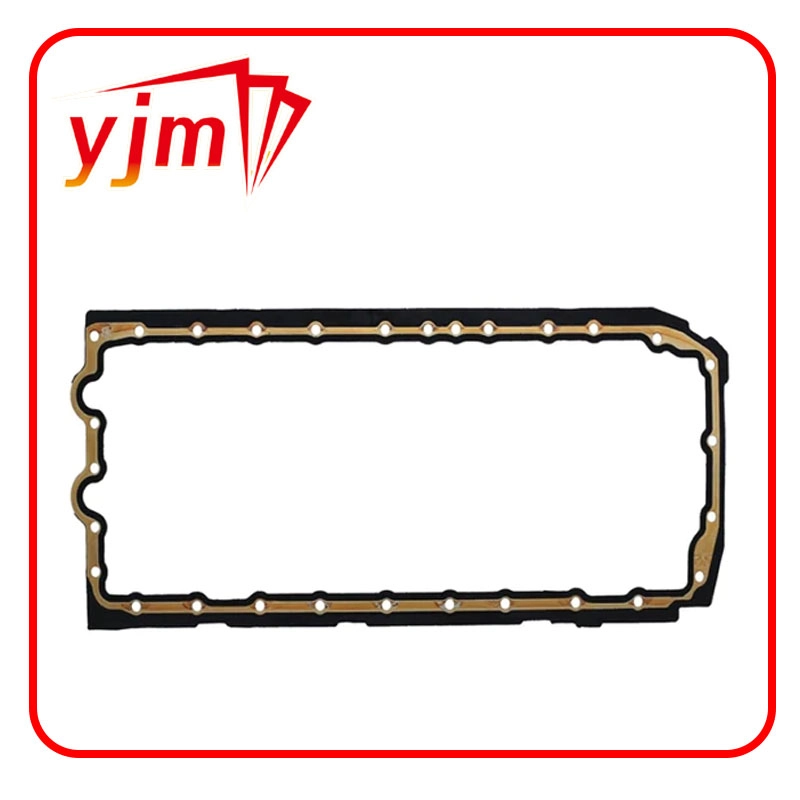Axle Differential Seal Installation Guide for Optimal Performance and Longevity
Understanding Axle Differential Seals Importance, Function, and Maintenance
Axle differential seals play a crucial role in the overall functioning of a vehicle’s drivetrain system. These seals are essential components found in the differential housing that helps maintain the integrity of the axle assembly. By preventing contaminants such as dirt, water, and debris from entering the differential, they ensure smooth operation and longevity of the vehicle.
What are Axle Differential Seals?
Differential seals are specifically designed to prevent the escape of lubricating oil from the differential and to protect the gears within the differential from external contaminants. They are typically made from durable materials such as rubber, silicone, or other synthetic compounds that can withstand the high temperatures and pressures found in a functioning drivetrain.
The primary function of these seals is to maintain proper oil levels within the differential housing, ensuring that the lubricating oil can adequately coat the internal components, such as the ring and pinion gears. This lubrication is vital for reducing friction and wear, which can lead to premature failure of critical drivetrain components.
Importance of Axle Differential Seals
The significance of axle differential seals cannot be overstated. A small failure in these seals can result in a series of issues within the differential system. When seals are compromised, the lubricating oil can leak out, leading to a lack of proper lubrication. This not only increases friction but also raises the operating temperature of the differential, which can eventually lead to gear failure.
Furthermore, without effective seals, debris and water can enter the differential housing, creating a breeding ground for rust and corrosion. These contaminants can severely damage the delicate gears, increasing the likelihood of costly repairs. Therefore, regular inspection and maintenance of axle differential seals should be an essential part of any vehicle’s routine service.
axle differential seal

Signs of Worn or Damaged Seals
Identifying issues with axle differential seals early can prevent more serious problems down the line. Some common symptoms of worn or damaged seals include
1. Oil Leaks One of the most obvious signs is the presence of oil puddles or stains under the vehicle. If you notice a fluid leak near the differential, it could be a sign that the seal is worn or damaged. 2. Unusual Noises Any grinding, whining, or clunking sounds coming from the differential while driving could indicate insufficient lubrication. This could be a direct result of a failing seal. 3. Increased Operating Temperature A vehicle's differential that runs hotter than usual may indicate that the oil is leaking due to a compromised seal, causing potential damage to internal components.
Maintenance and Replacement
Maintaining axle differential seals involves regular inspections, especially during routine oil changes or vehicle servicing. Mechanics often check for visible leaks or wear signs, and it is advisable to replace seals that show any deterioration to avoid more extensive repairs.
If a differential seal needs to be replaced, it's important to use high-quality parts that match the vehicle specifications. Improperly installed seals can lead to additional leaks or failures, so ensuring that the replacement is done by a skilled technician is vital.
Conclusion
In summary, axle differential seals are integral to the health of a vehicle's differential system. They serve to protect vital internal components from both loss of lubricant and external contaminants. Owners should be proactive in monitoring the condition of their differential seals, knowing the signs of wear, and conducting regular maintenance. Doing so ensures a longer lifespan for the vehicle and helps maintain optimal performance, providing peace of mind on the road.
-
Understanding Automotive Oil Seals: Essential Components for Engine and Shaft Protection
News Jul.30,2025
-
The Importance of Heavy Duty Seals in Industrial and Residential Applications
News Jul.30,2025
-
Exploring Industrial Oil Seals: From Felt Oil Seals to TTO and CFW Solutions
News Jul.30,2025
-
Essential Guide to Oil Seals: From Radial to Metal-Cased Seals for Industrial Reliability
News Jul.30,2025
-
Choosing the Right Oil Seals and Gaskets for Industrial and Automotive Applications
News Jul.30,2025
-
Cassette Seals: Durable Sealing Solutions for Harsh Environments
News Jul.30,2025
-
Understanding the Front Main Engine Seal: Purpose, Maintenance, and Installation
News Jul.29,2025
Products categories















